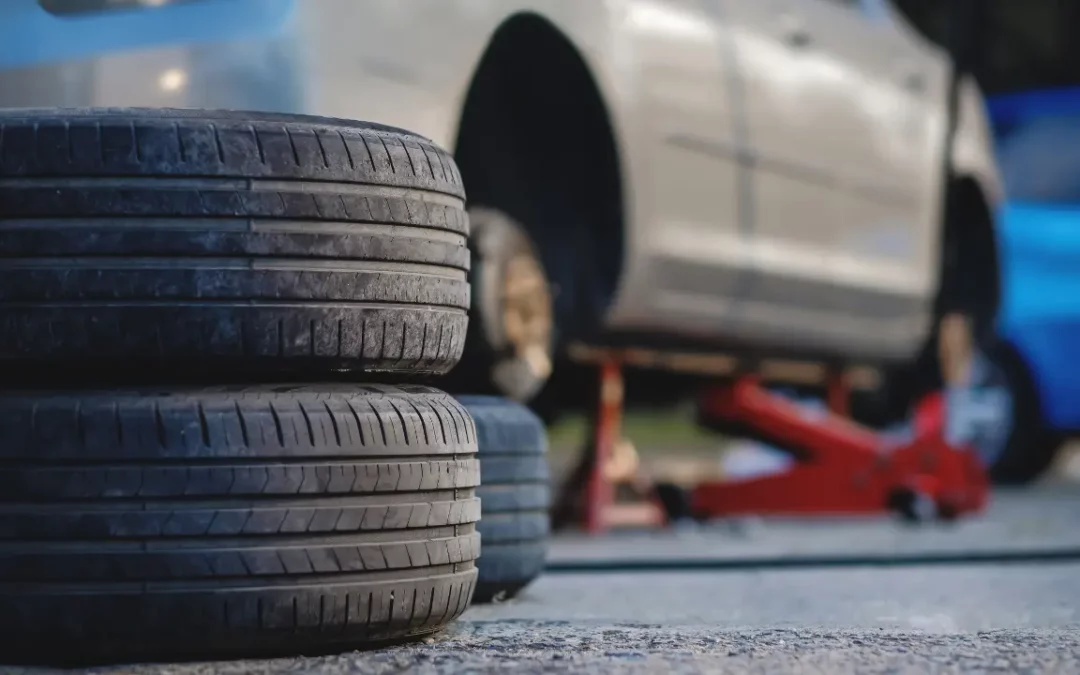When it comes to the rubber meeting the road, the state of your tires can make all the difference in your driving experience. But what should you do when you encounter a pesky puncture or a worn-out tire? Should you repair it and keep on rolling, or is it time to bid adieu and replace it with a fresh set? Let’s delve into this common vehicular dilemma and break down the factors that can help you make an informed decision.
Hitting a Pothole: The Puncture Predicament
Ah, the dreaded sound of hitting a pothole – it’s like your car’s way of saying, “Surprise!” Punctures are a common occurrence on the road, and they can be a real thorn in your tire’s side. The first thing to consider is the size and location of the puncture. If it’s a small nail or screw stuck in the tread and the damage isn’t near the sidewall, a repair might just do the trick.
Plight of the Tread: Traction and Tread Depth
Tread depth – it’s not just a fancy term; it’s what keeps you from slipping and sliding when roads get slick. As your tires wear down over time, the tread depth decreases, compromising traction and safety. Insert the penny test – a quick and easy way to gauge if your tread depth is still up to par. However, if you notice that the tread is looking more like a racing slick than an all-terrain warrior, it might be time to say “see you later” and opt for replacement.
The Middle Ground: Patching Up Punctures
Sometimes, a puncture might not be too severe, and a patch can act as a temporary fix. Picture it like putting a band-aid on a scrape – it’ll keep things together for a while. However, keep in mind that not all punctures are patch-worthy. If it’s a large puncture or located at an odd angle, the structural integrity of the tire could be compromised, making replacement a safer bet.
Bald and Bold: When Tires Wear Unevenly
Tires, like people, age at different rates. If you notice uneven wear – where certain parts of the tire are balder than Uncle Joe – it’s a red flag. This uneven wear could be due to misalignment, improper inflation, or even a suspension issue. While tire rotation and alignment might help even out the wear, if the damage is severe, it might be time to retire those tires.
Tire Troubles: Age and Cracking
Tires don’t just wear from miles; they age with time too. Even if your tread is looking A-okay, if your tires are older than a seasoned cheese, it’s time to think about replacement. The rubber compounds in tires break down over time, leading to cracks and a loss of flexibility. This can make your tires more prone to blowouts, especially during hot weather.
The Final Verdict: Repair or Replace?
In the eternal repair vs. replace debate, there’s no one-size-fits-all answer. Small punctures that are well within the tread area can often be patched up, providing a cost-effective solution. However, when tread depth becomes a distant memory or your tires resemble a cracked desert floor, replacement is the safer choice. Remember, your safety and the safety of those sharing the road with you should always take precedence.

